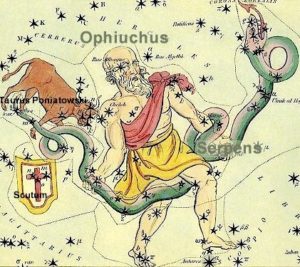Ophiuchus (Serpdhar)
Ophiuchus, resembles the shape of a serpent bearer, when stars in this constellation are imaginarily connected, as per Indian mythology!
Where should I see…Serpens Caput constellation is towards west of Ophiuchus constellation. If you move your eyes towards east, you will see other constellation named Sagittarius and Serpens Cauda. In the North and South of Ophiuchus, you will find Hercules and Scorpius constellations respectively. Ophiuchus is halfway above and halfway below celestial equator.
east, you will see other constellation named Sagittarius and Serpens Cauda. In the North and South of Ophiuchus, you will find Hercules and Scorpius constellations respectively. Ophiuchus is halfway above and halfway below celestial equator.
It covers up 948 square degree area of the sky. Area wise it is 11th largest constellation in the sky.
When and What can I see…We can gaze at this serpent bearer shape of Ophiuchus constellation from February to September, as seen from India.
All you need is your naked eyes other than clear skies to see 175 stars of this constellations, as they are the one which are brighter than the lower limit of our naked eyes (i.e. 6.5 apparent magnitude) to see faintest stars.. The brightest star of this constellation is Rasalhague.
Constellations are made up of single, binary (apparent and absolute), multiple and variable stars. Out of total 175 stars of different types, here is the list of 20 brightest stars as per their nature:
| Binary / Multiple Star system | Variable Stars | Binary and Variable Stars | Single stars |
| Sabik | 6 | Rasalhague | Cebalrai |
| Yed Posterior | – | Yed Prior | 3 |
| 5 | – | Marfik | – |
| 7 | 6 | 3 | 4 |
Mythology stories…
As per Hindu mythology, there are no such known stories for this constellation.
Deep Sky Objects…
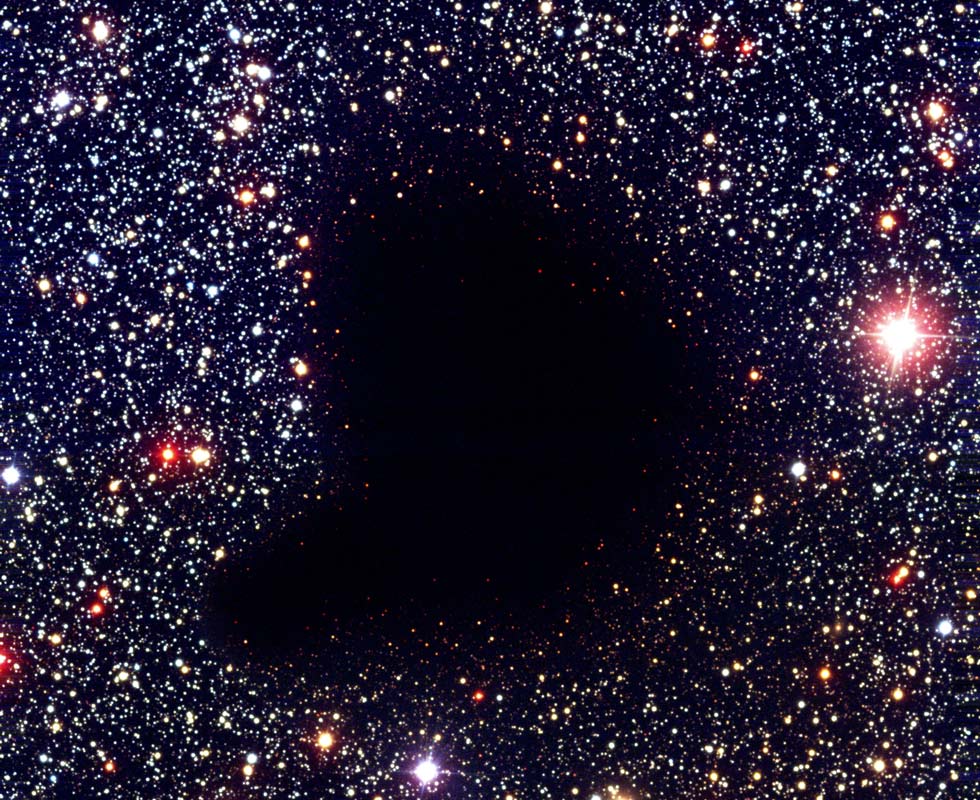 Barnard 68 || Dark Absorption Nebula || Bok Globule
Barnard 68 || Dark Absorption Nebula || Bok Globule
 Dark Horse Nebula || Dark Nebula
Dark Horse Nebula || Dark Nebula
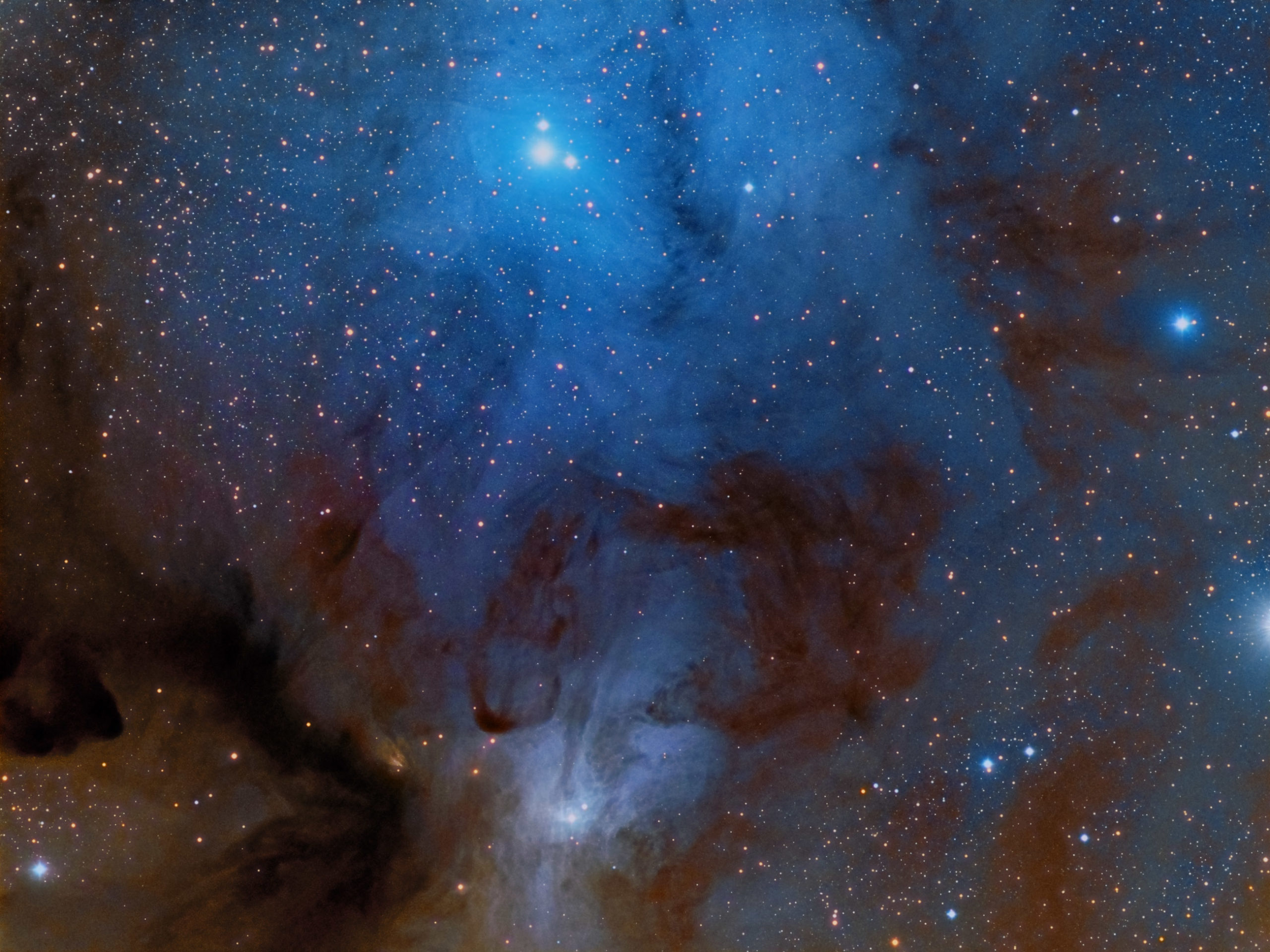 IC 4603 || Reflection Nebula & IC 4604 || Dark Nebula
IC 4603 || Reflection Nebula & IC 4604 || Dark NebulaAll the stars that we see naked eyes, all belong to our own, Milky way galaxy (Akash Ganga Tara Vishv). Bright stars can be seen naked eye and faint one through telescope. But the curtain of sky that we see in 2D is actually a huge universe we are talking about, with 3 dimension. There are many nebulous objects visible in every constellations. They differ widely by distances and nature. Like Emission Nebula, Reflecting Nebula, Absorption Nebula, Star Birth Nebula, Supernova Remnants (SNR) and Open Stars cluster which are within the disk of our own Milky Way galaxy. Globular cluster are also found, which are in the halo of our galaxy and some most distant objects like galaxies are also visible through telescope. Such objects are defined as “Deep Sky Objects”.
In this constellation there are 69 such different types of Deep Sky Objects observed. Below is the list of 20 brightest Deep Sky Objects:
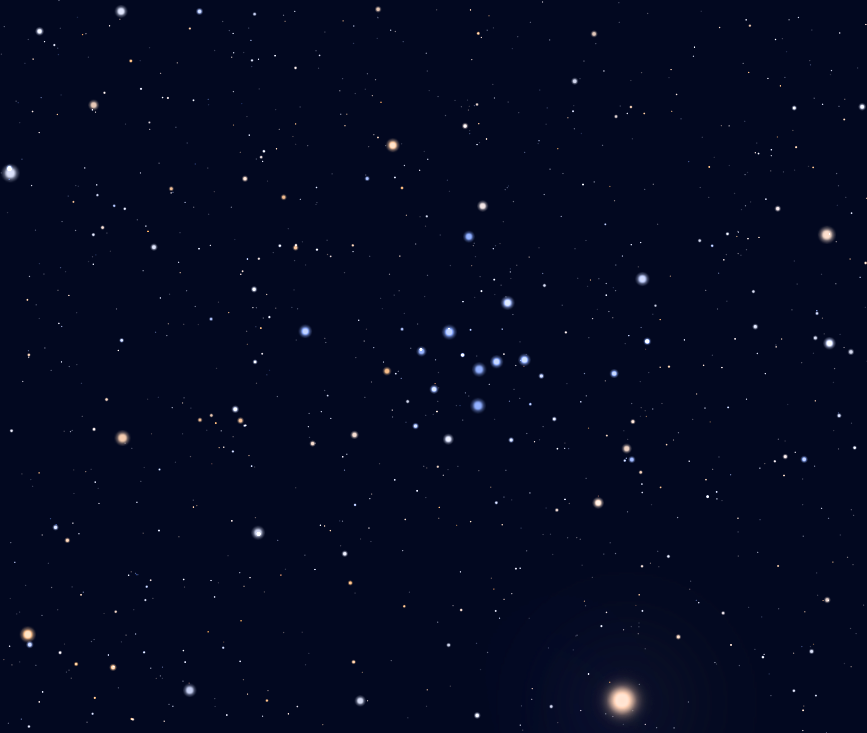 IC 4665 || Open Cluster
IC 4665 || Open Cluster
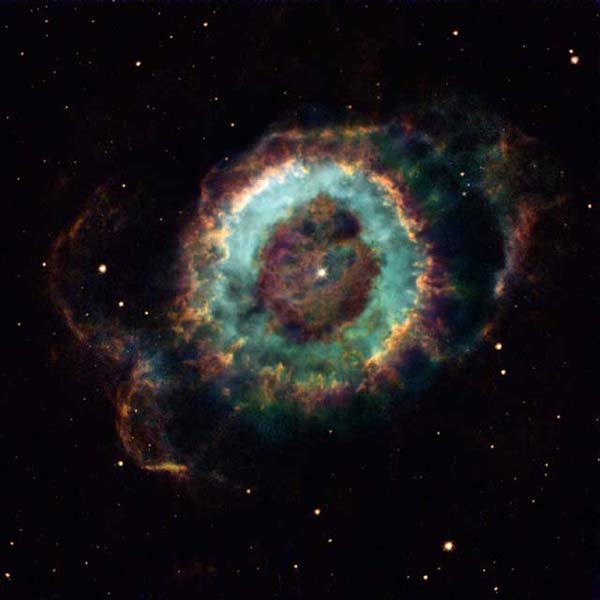 Little Ghost Nebula or NGC 6369 || Planetary Nebula
Little Ghost Nebula or NGC 6369 || Planetary Nebula
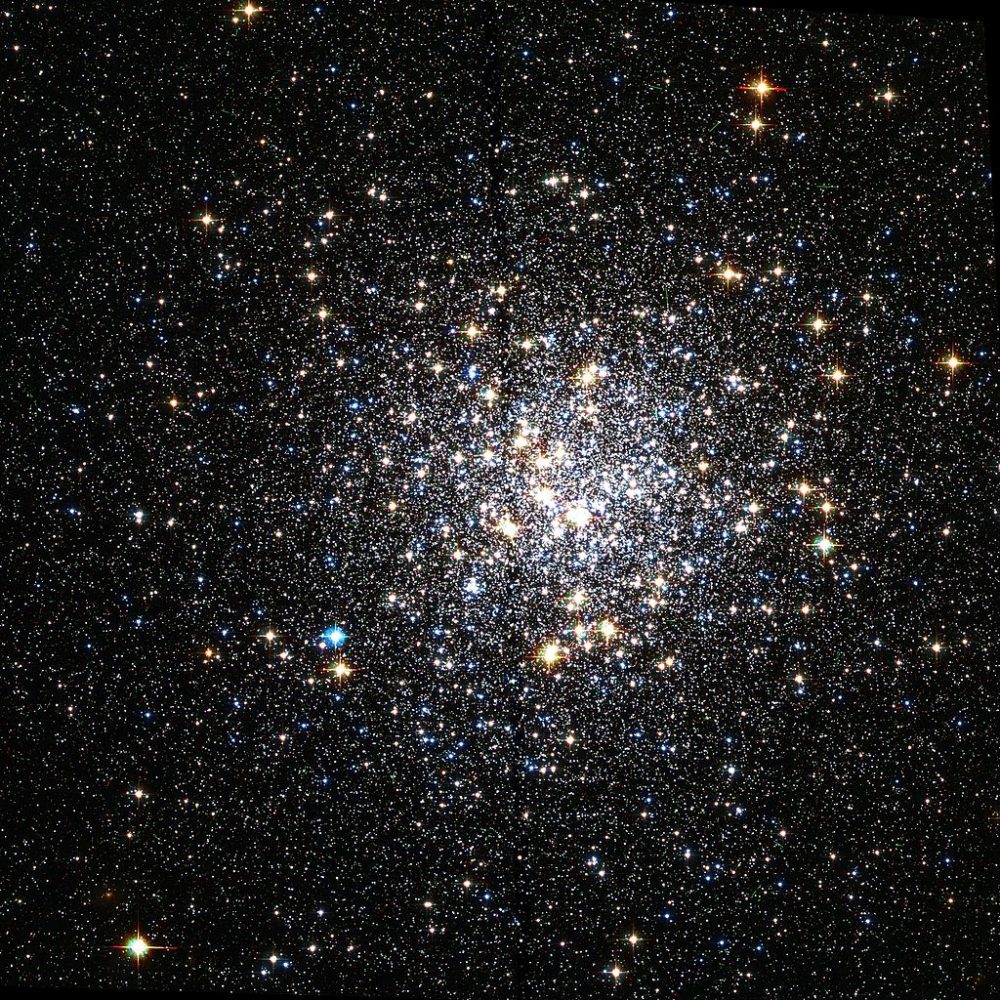 M9 or NGC 6333 || Globular Cluster
M9 or NGC 6333 || Globular Cluster| Galaxy | Open Cluster | Globular Cluster | Nebula | Supernova Remnant | ||
| Naked eye visibility | – | 2 | M 10 | Rho Ophiuchi Nebula | ||
| – | – | M 19 | – | – | ||
| – | – | M 14 | – | – | ||
| –
| –
| M12 Gumball Cluster
| –
| –
|
| |
| Visible through Telescope | – | – | M 62 Flickering Globular Cluster | 1 | – | |
| – | – | M 9 | – | – | ||
| – | – | M 107 | – | – | ||
| – | – | 9 | – | – | ||
| – | 2 | 16 | 2 | – |
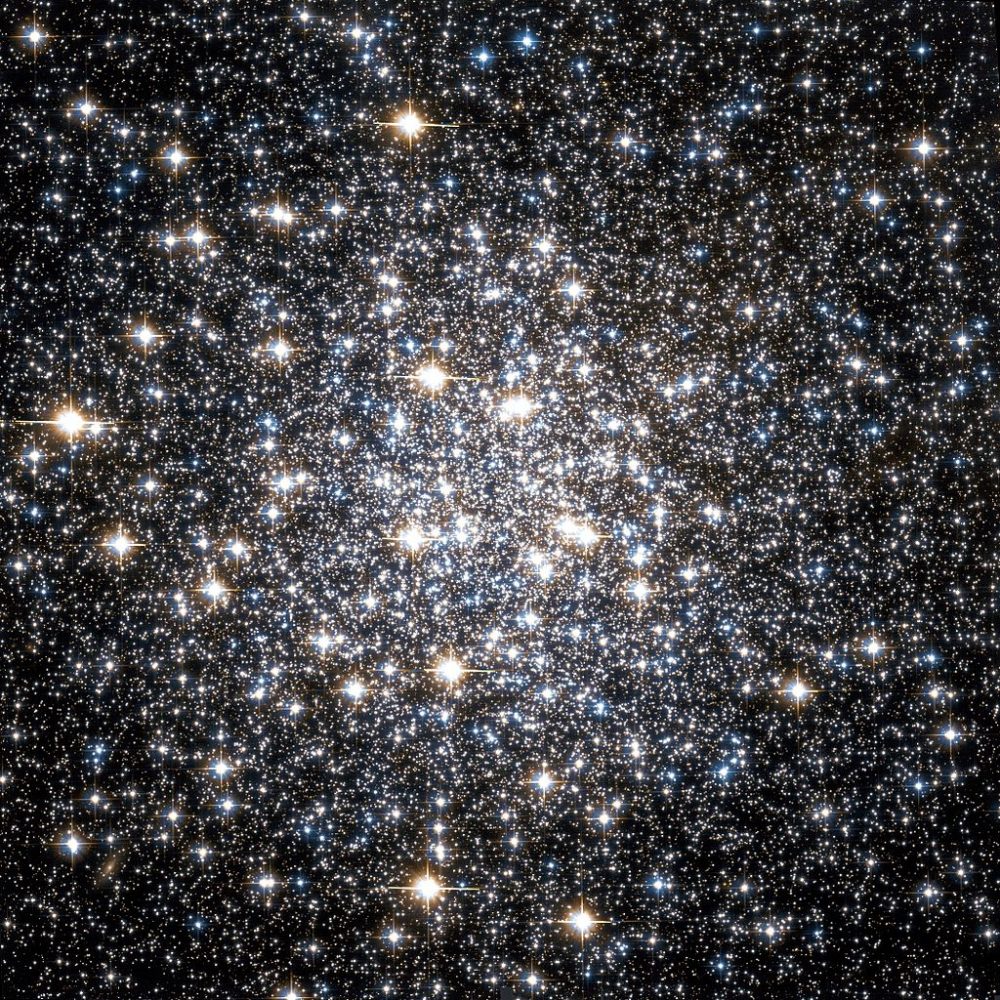 M10 or NGC 6254 || Globular Cluster
M10 or NGC 6254 || Globular Cluster
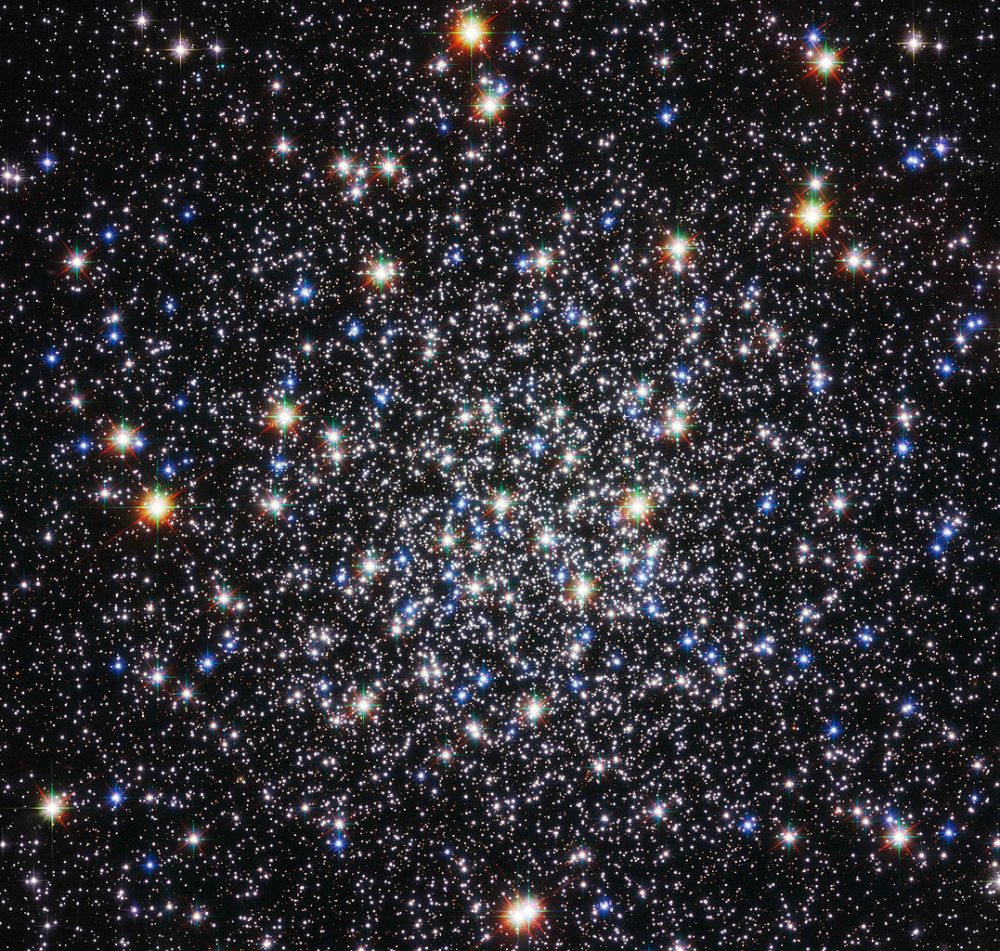 M12 or NGC 6218 || Globular Cluster
M12 or NGC 6218 || Globular Cluster
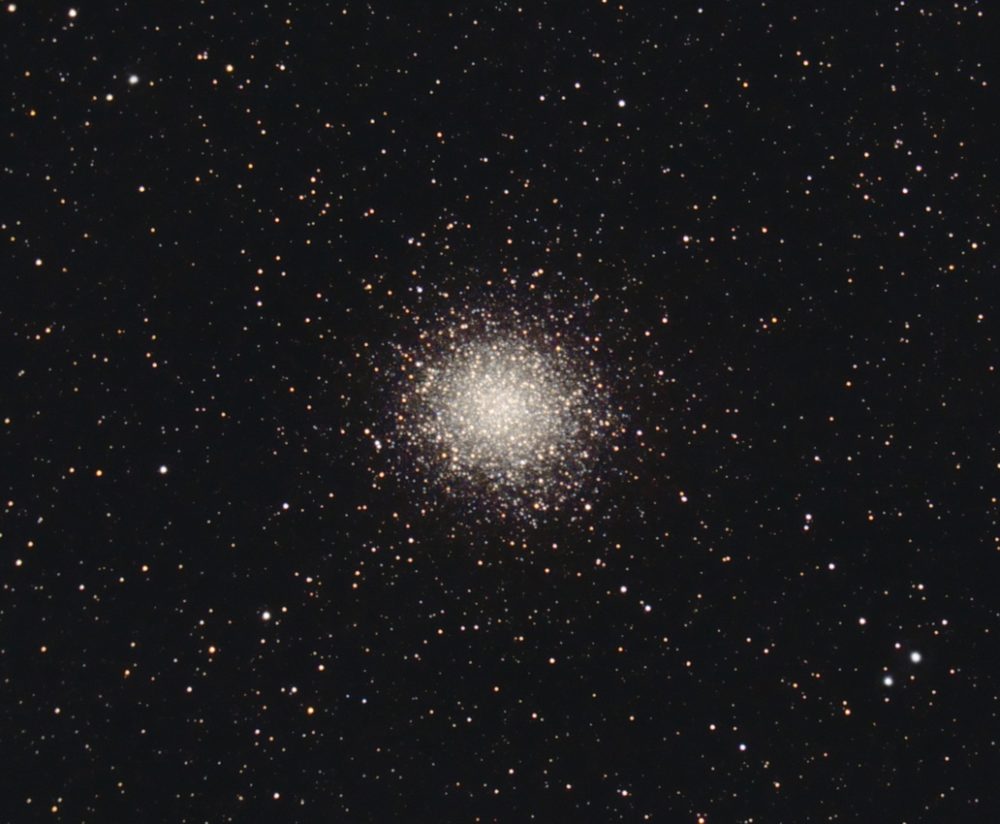 M14 or NGC 6402 || Globular Cluster
M14 or NGC 6402 || Globular Cluster


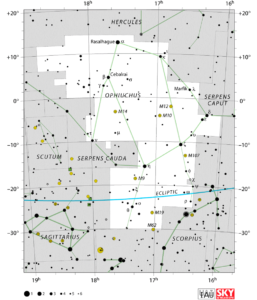 east, you will see other constellation named Sagittarius and Serpens Cauda. In the North and South of Ophiuchus, you will find Hercules and Scorpius constellations respectively. Ophiuchus is halfway above and halfway below celestial equator.
east, you will see other constellation named Sagittarius and Serpens Cauda. In the North and South of Ophiuchus, you will find Hercules and Scorpius constellations respectively. Ophiuchus is halfway above and halfway below celestial equator.